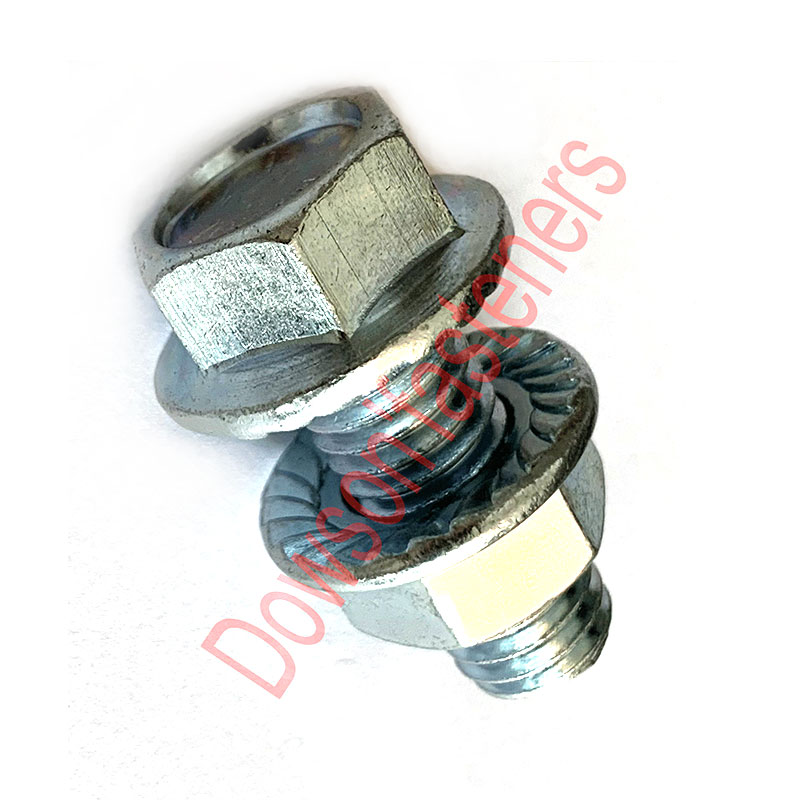T-Bolts: The Key to Versatile Fastening Solutions
2023-12-26
Introduction:
In the realm of fasteners, T-bolts stand out as robust and versatile components designed to provide secure and adjustable connections in various applications. Characterized by their T-shaped heads and threaded shafts, these bolts offer a reliable solution for a wide range of fastening needs. In this blog, we'll explore the features of T-bolts and delve into the diverse ways in which they are employed across industries.
Understanding T-Bolts:
T-bolts are named for their distinctive T-shaped heads, which set them apart from traditional bolts. The head has a horizontal bar, resembling the letter "T," and is usually equipped with a threaded hole or slot. The threaded shaft extends from the bottom of the T-head and is used to secure the bolt in place with the use of a nut.
Key Features of T-Bolts:
1. T-Shaped Head:
The T-shaped head is a defining feature of T-bolts. The horizontal bar of the T provides a surface for secure grip and adjustment.
2. Threaded Shaft:
The threaded shaft extends from the bottom of the T-head and allows for the attachment of a nut. This design enables the bolt to be tightened or loosened easily.
3. Adjustability:
The T-bolt's design allows for easy adjustment and repositioning. The T-head can be rotated or slid along a T-slot or T-track, providing flexibility in securing components.
4. Material Varieties:
T-bolts are manufactured in various materials, including stainless steel, carbon steel, and alloy steel. The choice of material depends on factors such as load requirements, environmental conditions, and corrosion resistance.
5. Thread Types:
T-bolts may feature different thread types, such as coarse or fine threads, to accommodate various applications. The thread type determines the pitch and spacing of the threads on the bolt.
Applications of T-Bolts:
1. Machine Tooling and Fixturing:
T-bolts are commonly used in machine tooling and fixturing applications. They secure workpieces, fixtures, and tooling components to machine tables, providing a stable and adjustable connection.
2. Clamping Systems:
T-bolts play a crucial role in clamping systems where adjustable and secure fastening is required. The T-head is often used in conjunction with T-nuts and T-slots to create effective clamping solutions.
3. Jig and Fixture Design:
In jig and fixture design, T-bolts are employed to secure various elements in place. The adjustability of the T-head allows for precise positioning of components during manufacturing processes.
4. Automotive Applications:
T-bolts find applications in the automotive industry, particularly in securing components in assemblies and sub-assemblies. They offer a versatile solution for adjustable and reliable fastening.
5. Construction and Woodworking:
In construction and woodworking, T-bolts are used for securing workpieces, templates, and fixtures. The T-shaped head allows for easy adjustment and alignment during construction projects.
6. Rail Systems:
T-bolts are utilized in rail systems for securing rails and related components. The adjustability of the T-head enables precise positioning of rail elements in railway construction and maintenance.
Conclusion:
T-bolts, with their distinctive T-shaped heads and threaded shafts, offer a versatile and reliable solution for a wide range of fastening applications. From machine tooling and clamping systems to construction and automotive industries, T-bolts provide adjustability and secure connections in dynamic and varied environments. As industries continue to evolve, the adaptability and effectiveness of T-bolts ensure their continued relevance in the world of fasteners, shaping versatile and efficient connections across diverse applications.



